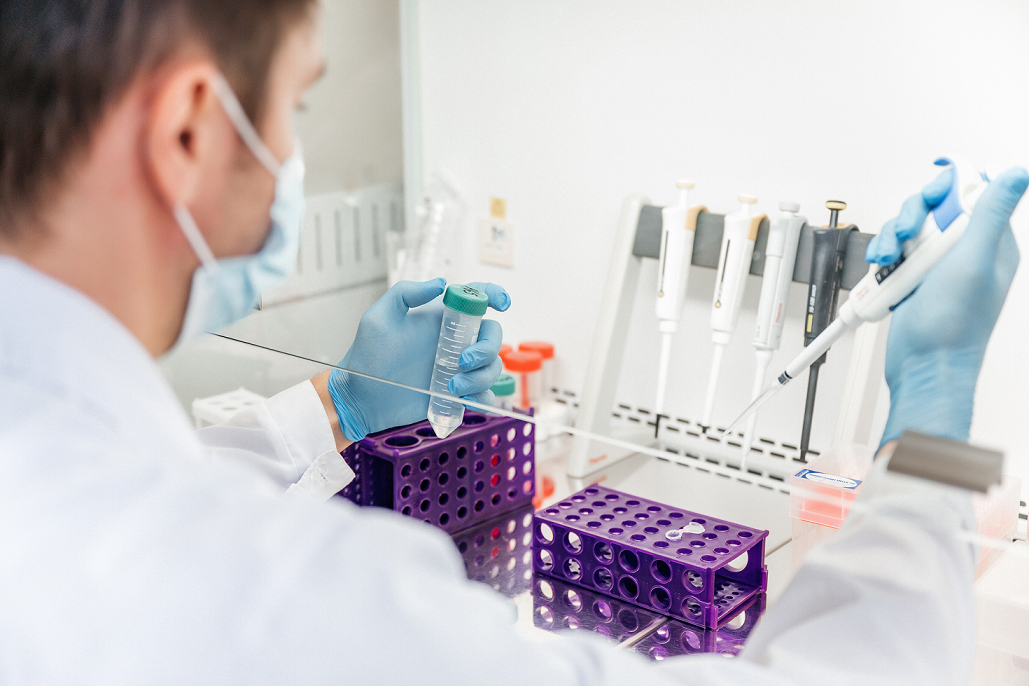Researchers from Tomsk Polytechnic University, together with specialists from the Research Institute of Mental Health of the Tomsk National Research Medical Center and the Institute of Biomedical Problems of the Russian Academy of Sciences as part of the GBD Collaborator Network, conducted a population analysis of the risks of alcohol consumption on a global scale. They found out the features of the potential positive and negative effects of alcohol on the human body. The study was conducted on the basis of open statistical data from around the world. In this study, scientists identified patterns in the doses of alcohol consumed and the diseases that they can cause. The results of the work were published in the most authoritative medical journal, The Lancet (IF: 202, Q1).

“Alcohol remains the most contradictory liquid in human history.
Studies on the effects of alcohol on humans have been carried out before. However, our population-based analysis is unique in that we have analyzed data from around the world for the first time on such a large scale, presenting not only unambiguous risks of alcohol consumption, but also potentially positive mechanisms,”
Evgeny Plotnikov, associate professor of the TPU Research School of Chemistry & Applied Biomedical Sciences, says. "The chemistry of ethanol metabolism is well studied in basic terms. These are our liver elements, alcohol dehydrogenase, aldehyde dehydrogenases, that is those enzymes that step by step process the various stages of ethanol metabolism.”
At the same time, the main task of the international scientific team was to assess the theoretical minimum level of risk for alcohol consumption by people with the incidence of certain diseases and also to assess the level of consumption by non-drinking people that can cause an equivalent risk.
“This work is a population-based analysis performed on a global scale by an international team within the framework of a large GBD Collaboration consortium,” Nikolai Bokhan, director of the Research Institute of Mental Health of the Tomsk National Research Medical Center, academician of the Russian Academy of Sciences, comments.
According to Nickolai Bokhan, the researchers tried to determine the population-level risks of alcohol consumption depending on the place of residence, age, and gender of the person.
For the study, data from 21 regions and 204 countries around the world were taken, as well as open statistical data for the last 30 years (from 1990 to 2020) on the incidence and mortality rate due to alcohol among people aged 15 to 95 years, and diseases associated with alcohol consumption (diabetes, cirrhosis, cancer, cardiovascular disease, stroke, and etc.).
The “drink” or ethanol equivalent of an alcoholic beverage was taken as a conditional unit of measurement in the study. This is a value that enable averaging the consumption of any beverage, regardless of the region. One “drink” is approximately equal to 10 grams of ethanol. In the study, the researchers sampled alcohol doses from zero to ten “drinks”.
The international group discovered evidence of a J-shaped relationship between level consumption risks. This means that alcohol in small doses can lead to some improvement in health indicators with age restrictions.
TPU researchers studied the results of the analysis done by their colleagues and proposed mechanisms that could potentially explain the statistics on the positive impact in the J-part.
“There was separate data explaining the positive effect of alcohol on a person. For the first time, we have studied such a large slice of data on a global scale and proposed mechanisms that could explain such an unusual phenomenon. It should be understood that we are talking about minimal doses, that is, up to 10 grams of ethanol, or up to one “drink”. The excess of doses leads to a dramatic increase in health risks,”
adds the TPU scientist.
According to scientists, a positive impact can be realized through higher nervous activity through the example of stress protection. Alcohol can relieve stress and anxiety, which are a risk factor for cardiovascular diseases, but only in small doses. In this case, the toxic effect of ethanol is offset by its positive effect on the central nervous system.
A number of other mechanisms describing the J-dependence, such as hormetic, have also been proposed. It is based on the fact that, in general, any potentially harmful effect has certain limits and, if the body has not exceeded them, then the internal reserves of the body, reacting to it, increase adaptation.
“Based on the results, we can definitely say that alcohol is harmful on a population scale. However, the effect of its impact is highly dependent on the dose,” Evgeny Plotnikov says.
All mechanisms studied by TPU scientists are unified, however they depend on gender, age, and region.